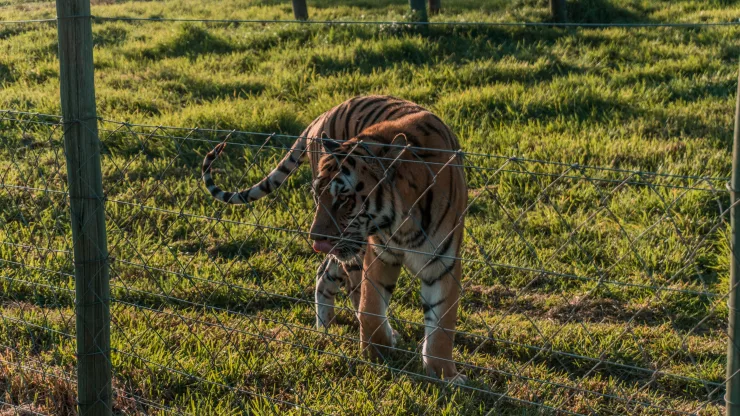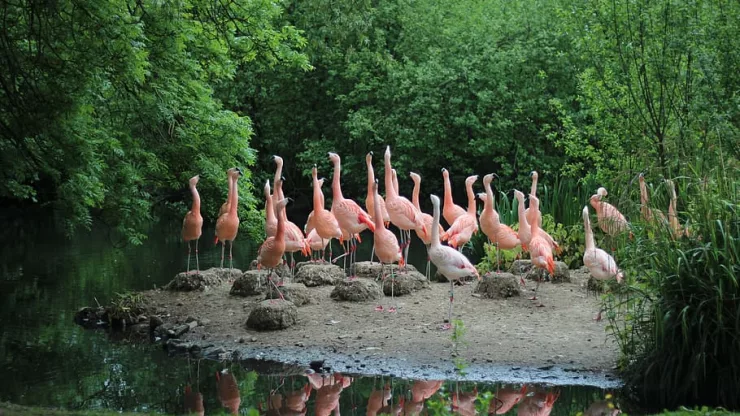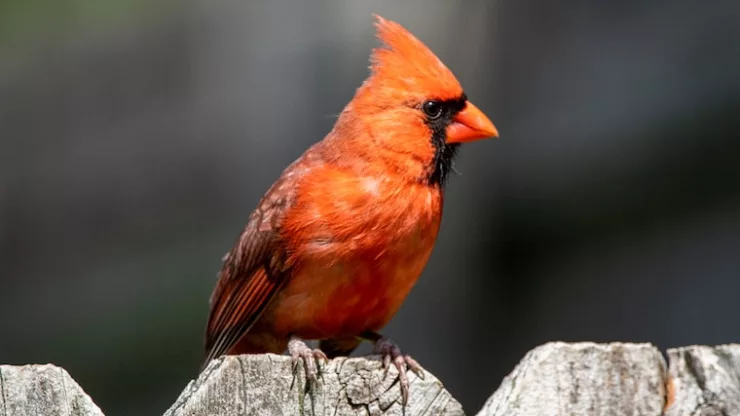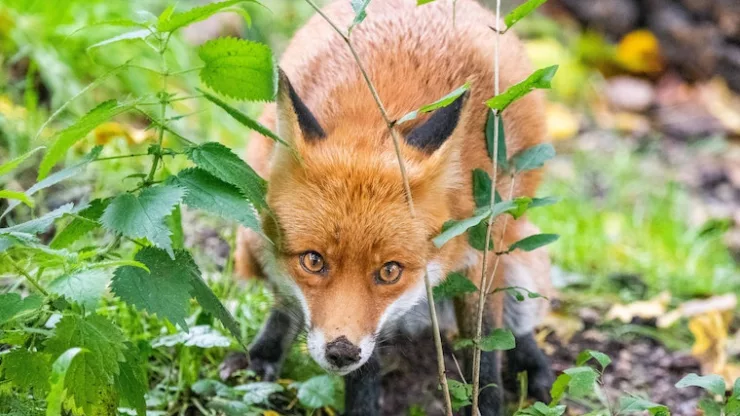Wildlife Sanctuary or Game Reserve? Distinguishing Between the Two in Urban Contexts
Urbanization has led to the loss of natural habitats, and wildlife has been forced to adapt to urban environments to survive.
As such, urban wildlife conservation has become increasingly crucial.
Wildlife sanctuaries and game reserves are two of the most popular methods used to protect and conserve wildlife. However, many people often confuse the two.
This article will help distinguish between wildlife sanctuaries and game reserves and highlight the importance of urban wildlife conservation.
Wildlife Sanctuaries: What Are They?
A wildlife sanctuary is an area set aside for the protection and conservation of wildlife, primarily for their welfare and rehabilitation.
It is a designated area where animals can roam freely without being hunted or disturbed by human activities.
Wildlife sanctuaries may be established to protect endangered species or habitats that are at risk of destruction.
Examples of wildlife sanctuaries include the Bhagwan Mahavir Wildlife Sanctuary in Goa, India, and the Maasai Mara Wildlife Sanctuary in Kenya.
Some key features of wildlife sanctuaries are:
- Animals are not hunted or disturbed by human activities.
- The primary focus is on the welfare and rehabilitation of animals.
- The area is designated to protect endangered species or habitats that are at risk of destruction.
Game Reserves: What Are They?
A game reserve is an area set aside for the protection and conservation of wildlife, primarily for hunting and tourism purposes.
Game reserves allow controlled hunting of animals under strict guidelines and regulations.
They also provide opportunities for tourism activities such as game drives, bird watching, and photography. Examples of game reserves include the Kruger National Park in South Africa and the Serengeti National Park in Tanzania.
Some key features of game reserves are:
- Controlled hunting of animals is allowed under strict guidelines and regulations.
- Tourism activities such as game drives, bird watching, and photography are allowed.
- The primary focus is on providing hunting and tourism opportunities.
The Importance of Urban Wildlife Conservation
Urbanization has led to the destruction of natural habitats, and wildlife has been forced to adapt to urban environments to survive.
Urban wildlife conservation is important because it helps protect and conserve wildlife in urban areas.
It also helps to maintain ecological balance and biodiversity in urban environments.
Urban wildlife conservation also helps to educate people on the importance of protecting wildlife, and it provides opportunities for people to interact with and appreciate nature.
Distinguishing Between Sanctuaries and Reserves
The table below highlights some of the key differences between wildlife sanctuaries and game reserves.
| Wildlife Sanctuaries | Game Reserves |
|---|---|
| Animals are not hunted or disturbed by human activities. | Controlled hunting of animals is allowed under strict guidelines and regulations. |
| The primary focus is on the welfare and rehabilitation of animals. | The primary focus is on providing hunting and tourism opportunities. |
| The area is designated to protect endangered species or habitats that are at risk of destruction. | Tourism activities such as game drives, bird watching, and photography are allowed. |
FAQ
What is the difference between a national park and a game reserve?
National parks are designated areas set aside for the protection and conservation of natural resources and wildlife.
They are usually larger than game reserves and do not allow hunting or other commercial activities.
Can you hunt in a wildlife sanctuary?
No, hunting is not allowed in wildlife sanctuaries. The primary focus of wildlife sanctuaries is on the welfare and rehabilitation of animals.
Are game reserves only for hunting?
No, game reserves also provide opportunities for tourism activities such as game drives, bird watching, and photography.
However, controlled hunting of animals is allowed under strict guidelines and regulations.
In conclusion, wildlife sanctuaries and game reserves are both important in protecting and conserving wildlife.
However, it is crucial to understand the differences between the two to make informed decisions about conservation efforts.
Urban wildlife conservation plays a significant role in maintaining ecological balance and biodiversity in urban environments and educating people on the importance of protecting wildlife.
I’m a nature enthusiast and creator of Metro Wilds and have spent years exploring the great outdoors.
With a passion for environmental conservation and sustainability, I have dedicated my career to writing about the beauty and wonders of nature, as well as the threats facing our planet.
Contact me at [email protected] for assistance.





